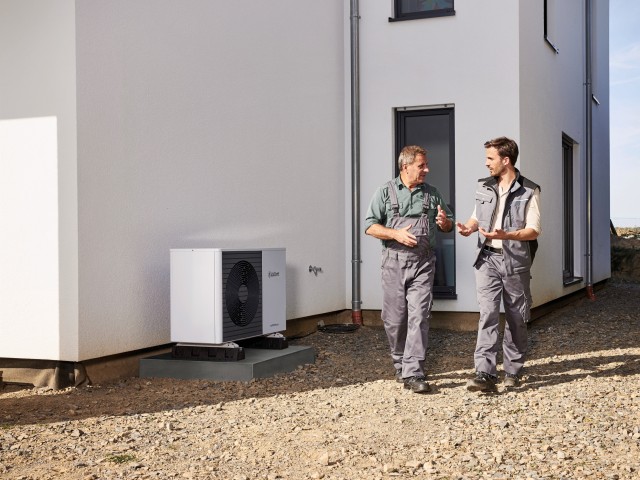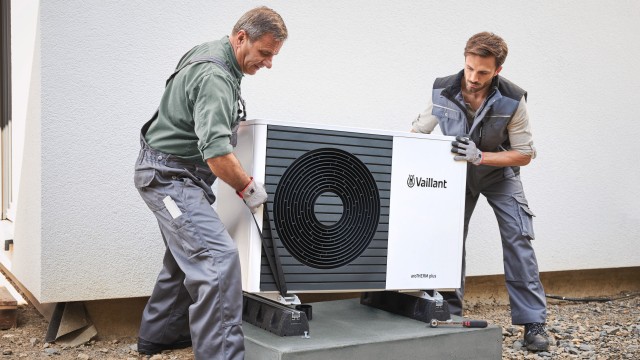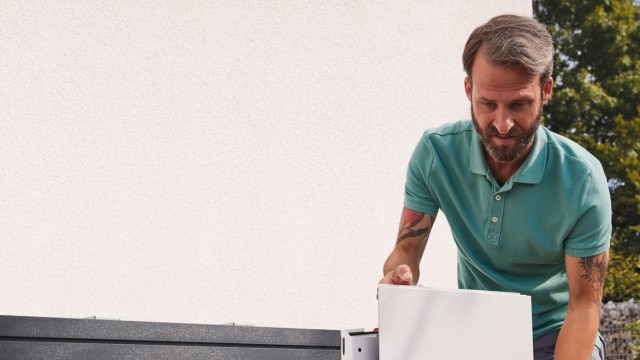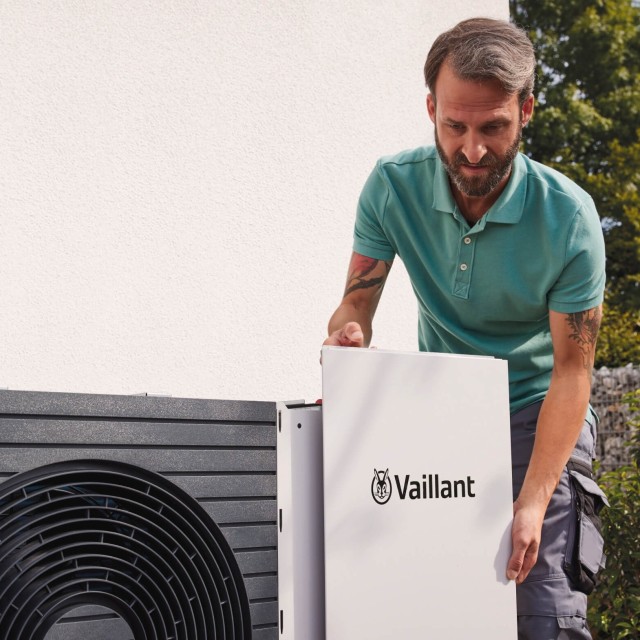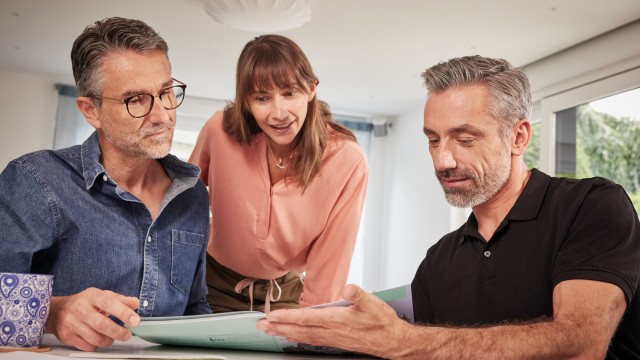What is a heat pump?
A heat pump is a type of heating system that uses existing thermal energy to provide a more environmentally friendly heat source. The system draws existing thermal energy from an environmental source, such as the ground, air or water, and then converts into steam to heat your home.
Heat pumps come in three varieties, each extracting thermal energy from a distinct source:
You can learn more about the process behind this in our guide to how heat pumps work.
Heat pumps are suited to a wide range of properties from semi-detached houses and flats. However, there may be some factors to consider before having one installed. Therefore, it’s important to research each one individually to determine which one, if any, is right for you.



